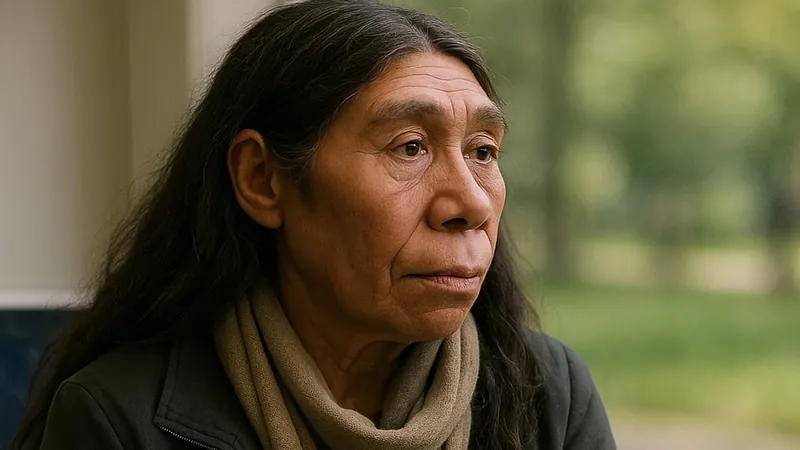
Imagine This: What Would Neanderthals and Denisovans Look Like Today If They Hadn’t Gone Extinct?
2025-06-30
Author: Ting
For the last 40,000 years, Homo sapiens have stood as the sole human species on Earth. But what if our ancient relatives, the Neanderthals and Denisovans, had survived? A new exploration dives into this intriguing scenario.
A Surprising Resemblance?
Experts reveal that Neanderthals and Denisovans might not look drastically different from modern humans today. Dr. April Noel, a palaeolithic archaeologist, debunks outdated stereotypes of Neanderthals as brutish cave dwellers, suggesting they possessed far more complex traits.
Physical Traits Uncovered
Neanderthals, who emerged roughly 400,000 years ago, were shorter, stockier, and exceptionally muscular. Their distinct features included robust bodies, large heads, and prominent brow ridges. Professor John Hawks notes that there’s significant overlap in physical traits between Neanderthals and modern humans, making them appear more like variations of our species rather than entirely different beings.
The Elusive Denisovans
Denisovans, another branch of our ancient family tree, remain something of a mystery. Recently, scientists unveiled the first Denisovan skull, revealing features like a broad face and strong physique. While we know they were muscular and larger than Homo sapiens, much remains to be discovered.
Blending of Genes
If Neanderthals and Denisovans had survived and continued to interbreed with Homo sapiens, the genetic fabric of humanity today would be far different. Dr. Hugo Zeberg explains that many modern humans still carry Neanderthal and Denisovan DNA, hinting at endless possibilities of traits and adaptability as these species mingled.
Societal Struggles?
Despite their physical similarities, Neanderthals might have faced challenges in adapting to our modern world. Dr. Noel suggests that Neanderthals lived in smaller, more isolated groups, which could hinder their ability to thrive in the interconnected societies we see today. Their cognitive abilities may not have aligned with the social flexibility found in Homo sapiens.
What If They Had Stood Side by Side?
Imagine a world where Neanderthals and Denisovans flourished alongside us. How would this alter societal dynamics? Professor Spikins envisions that survival strategies and social behaviors would differ significantly, possibly steering us away from some modern pitfalls like climate change, thanks to their more isolated lifestyles.
A Different World Without Extinction
The existence of Neanderthals and Denisovans could have fundamentally changed our world. Evidence suggests they lived in less intensive societies, likely without practices like animal domestication. A future without pets, modern agriculture, or even expansive urbanization might have emerged, driven by their distinct survival methods.
In essence, the survival of these ancient relatives would not just have transformed human appearances, but could have reshaped the very fabric of our societies and the environment we inhabit today.



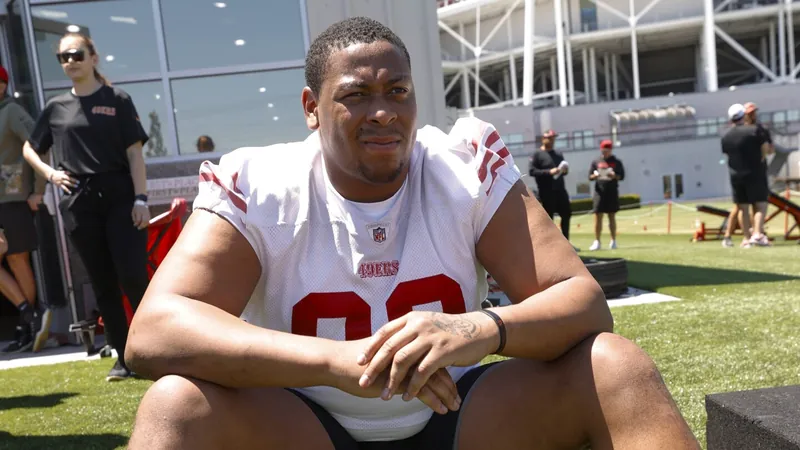
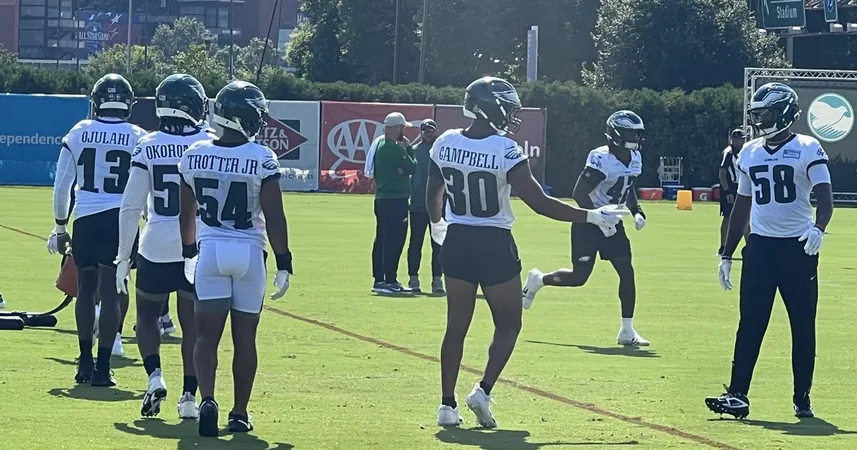
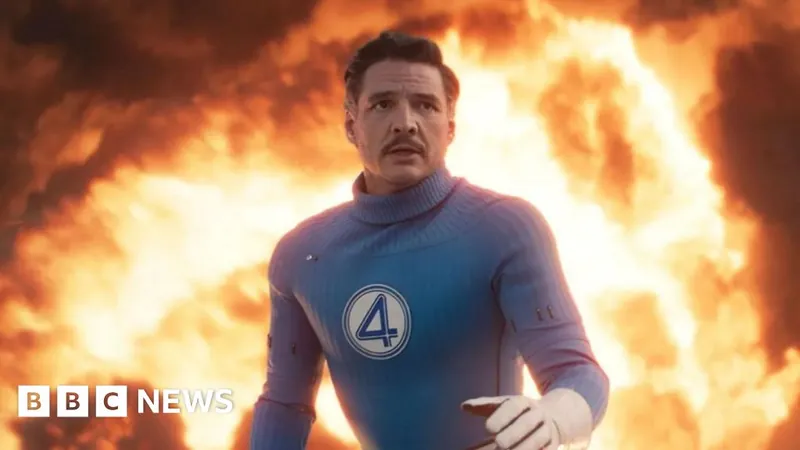
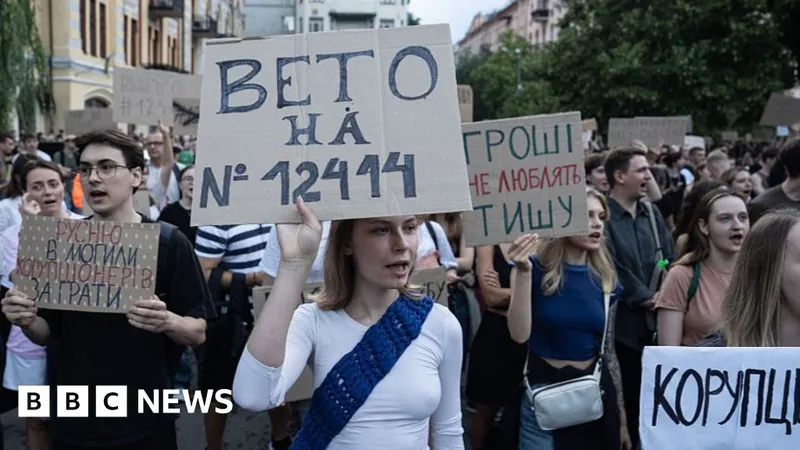
 Brasil (PT)
Brasil (PT)
 Canada (EN)
Canada (EN)
 Chile (ES)
Chile (ES)
 Česko (CS)
Česko (CS)
 대한민국 (KO)
대한민국 (KO)
 España (ES)
España (ES)
 France (FR)
France (FR)
 Hong Kong (EN)
Hong Kong (EN)
 Italia (IT)
Italia (IT)
 日本 (JA)
日本 (JA)
 Magyarország (HU)
Magyarország (HU)
 Norge (NO)
Norge (NO)
 Polska (PL)
Polska (PL)
 Schweiz (DE)
Schweiz (DE)
 Singapore (EN)
Singapore (EN)
 Sverige (SV)
Sverige (SV)
 Suomi (FI)
Suomi (FI)
 Türkiye (TR)
Türkiye (TR)
 الإمارات العربية المتحدة (AR)
الإمارات العربية المتحدة (AR)